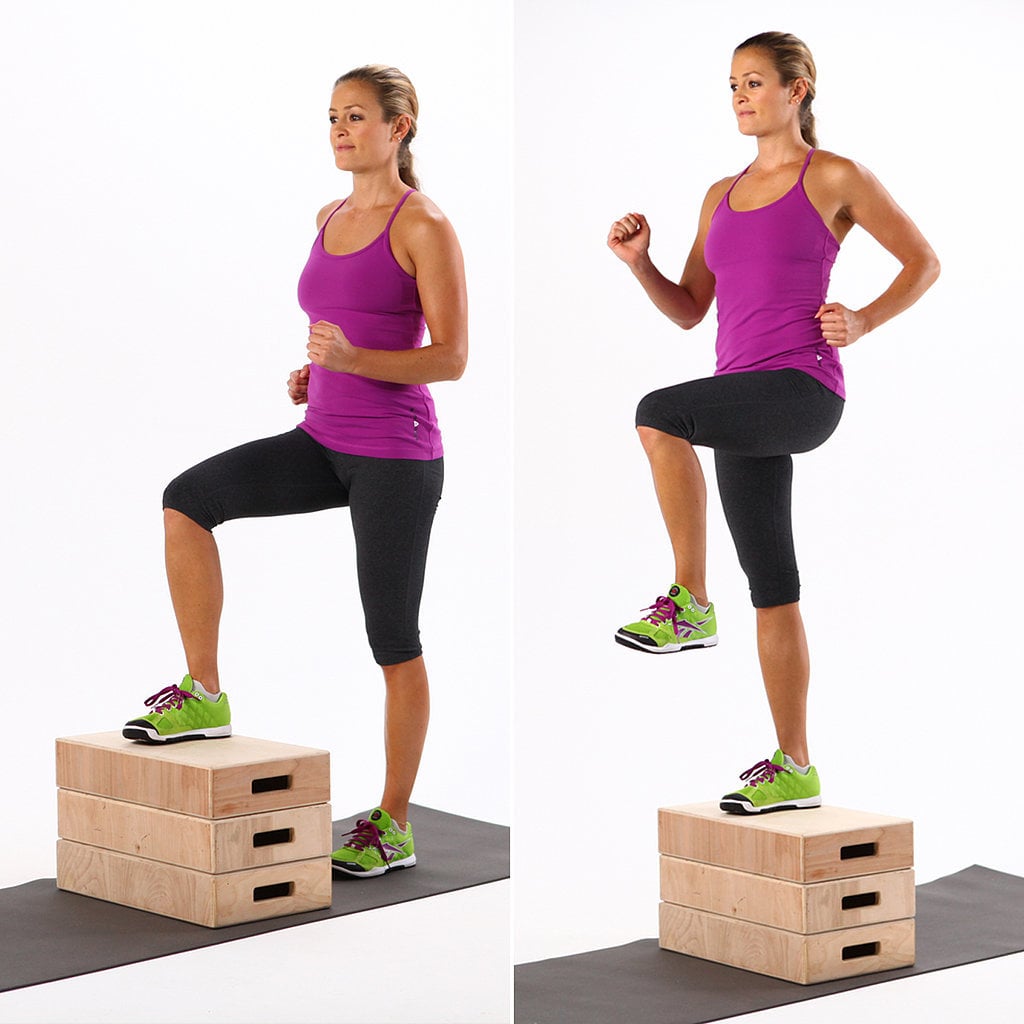Why is Lifting Weights good for you?
After lifting weights for a while, many people stop experiencing results. The body goes through a general adaption syndrome that responds to exercise stimuli. The first is the shock phase, where the stimulus is first applied, then comes the adaption phase that lasts around eight to twelve weeks where you experience the greatest exercise response. This then leads to the exhaustion phase where the exercise program stops having the desired effect.
To break through a plateau phase, some or all of the variables in the workout need to be changed. These variables include: intensity, repetitions, sets, rest interval, exercise selection, tempo (speed), and frequency (number of exercises being done at a given time). Increasing the amount of weight used within the workout will help to stimulate almost an immediate change in the body. Here are some reasons from Pete Mccall as to why lifting heavy can help you make the changes you want to see in your body.
1. Lifting heavy causes muscle growth.
A heavy resistance can recruit more of the type II muscle fibers which is responsible for muscle force. When lifting a heavy weight, your body might shake which is your nervous system recruiting more muscle fibers to be able to produce the force required to move the weight. Type II muscle fibers are responsible for the size and definition of the muscle, so activating these can provide immediate results.
2. Lifting heavy improves intramuscular coordination, which helps with overall strength.
Intramuscular coordination is having the ability of many different sections of the muscle work together to produce movement. Lifting heavier causes more fibers to help generate force which will help you become more efficient at generating strength.
3. Lifting heavy can help muscles get stronger without getting bigger.
There is sarcoplasmic hypertrophy which is the sarcoplasm increasing in size from lifting heavy weights from moderate to high intensity with a higher number of reps. Myofibrillar hypertrophy is the muscle fiber becoming thicker and denser in response to heavy lifting. The muscle is thicker and stronger but not necessarily bigger. For an optimal heavy resistance you should perform five or fewer reps.
4. Lifting heavy can help reduce your biological age.
Heavy resistance is recommended for ages over 35. The workouts should be two to four weeks for around a four to eight week period. Males after the age of 30 produce less testosterone. This is responsible for repairing damaged muscle fibers that cause the strength of the output of the muscle. Heavy resistance training helps produce testosterone in males and increases bone density.
For women over the age of 35, heavy resistance training can help increase growth hormone which helps develop lean muscle and burning fat.
5. Lifting heavy can help increase resting metabolism
One pound of skeletal muscle expends around 5 to 7 calories a day at rest. Adding 5 to 7 pounds of muscle can increasing resting metabolic rate up to 50 calories a day.











